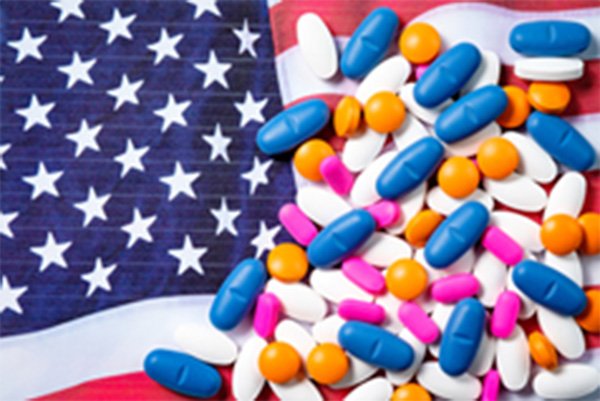
Opioids Now A Public Health Emergency

U.S. President Donald Trump characterized the U.S. opioid epidemic as a national public health emergency during the week of October 26, 2017. He directed the executive government to use every appropriate emergency authority to fight the crisis. The opioid crisis continues to escalate as a global problem impacting countries all across the globe.
Some startling statistics were published in a September 2017 medical journal regarding opioid use in recent years:
- 91.8 million (37.8%) of American adults used prescription opioids in 2015
- 11.5 million of users (12.5%) misused their prescription opioids
- 1.9 million American adults currently have an opiate use disorder
- 63.4% of opioid users reported their opioid misuse began from a need to relieve physical pain
Nearly half of the adults in the United States suffer from chronic pain. Many drug users (and abusers) enter into the slippery slope of opioid use with honest intentions to simply find relief from pain. Chronic pain sufferers usually receive prescription drugs from a trusted medical professional. Officials in the medical community also produce studies and literature detailing the dangers of those same prescription drugs. Annals of Medicine conducted a 2017 study that determined opioids did not provide any sort of long term effectiveness for the treatment of pain. The same evidence found well-documented increases in harm associated with prescription opioid use.
The global opioid problem reached such epidemic proportions that President Trump issued an executive order and called for the creation of a task force charged with providing awareness and assistance in addressing the problem. A major contributing factor in the escalation of attention to opioid addiction stems from the rampant increase in newborn children born addicted to opioid drugs due to the mother’s usage. Research indicates that a new opioid-addicted infant comes into this world every 25 minutes. The cost for rehabilitating babies addicted to opioids estimates at roughly $150 billion annually.
Chiropractors play a vital role in the sensitive topic of opioid use and addiction. Chiropractic science proved over 120 years ago that a critical relationship exists between the nervous system and the pain-free function of the body. The optimal health and function of the spine and nervous system significantly reduces physical pain and the accompanying need for addictive drugs. Thousands of opioid users reduce or terminate their use of pharmaceutical drugs after seeking the safe and effective avenue of Chiropractic care.
A study from 2014 detailed the science and neurology behind why Chiropractic so effectively reduces pain while increasing body function. A special connection exists between the spine and brain. Natural movement takes place in the spine with nearly every daily activity. Subtle shifts in alignment contribute to the loss or restriction of spinal movement and alter feedback to specific areas of the brain. Even subtle misalignment in the nervous system triggers noxious nociception, better known as pain. A Chiropractor evaluates structural and functional movement characteristics in and along each vertebral segment to determine if the central nervous system is receiving proper neurological feedback. Chiropractors make specific, gentle adjustments to areas and segments that sit misaligned or out of position. The restoration of spinal movement and health results in less pain and improved function throughout the entire body.
Chiropractic offers the most effective, least invasive solution to the epidemic of opioid addiction. Chiropractic requires no pills, potions, lotions, or surgery to help a person improve function, decrease pain, restore order, and reach a greater brain to body communication. Chiropractic offers a solution that cannot be produced by a drug or opioid: healing and recovery.Journal of back and musculoskeletal rehabilitation 2014 “The role of the descending inhibitory pail mechanism in musculoskeletal pain following high-velocity, low amplitude thrust manipulation: a review of the literature.”C Savva, G Giakas, M Efstathiou Annals of internal medicine September 2017 “Prescription Opioid Use, Misuse, and Use Disorders in U.S. Adults: 2015 National Survey on Drug Use and Health.” B Han, WM Compton, C Blanco, E Crane, J Lee, CM Jones
You May Also Like:
